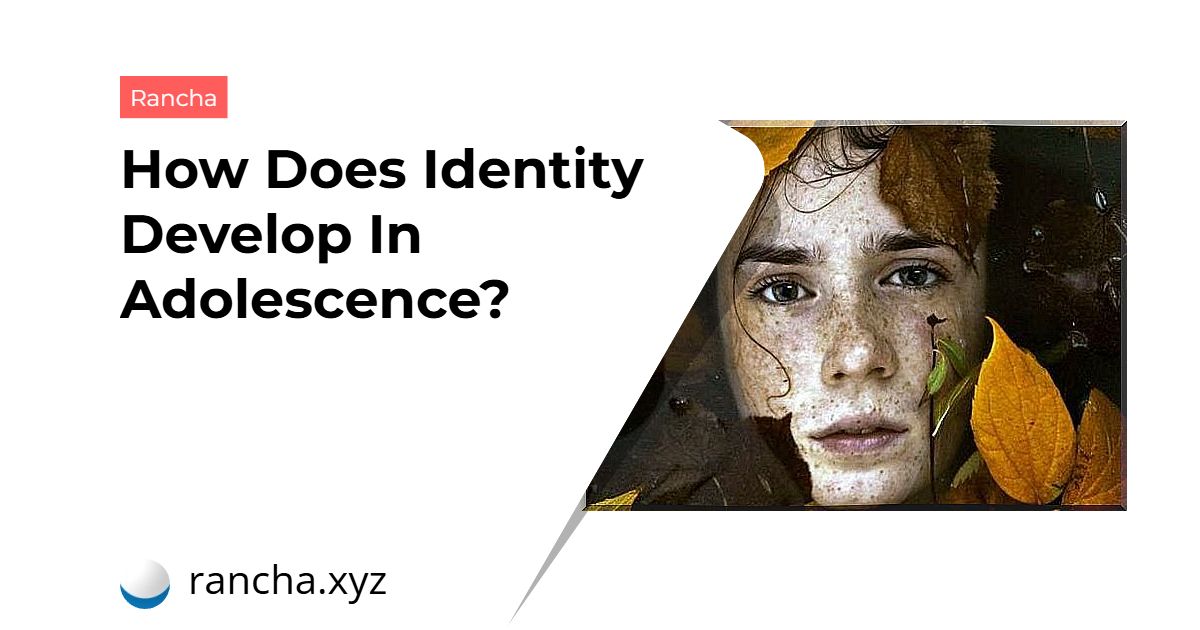Adolescence is the period from the beginning of puberty (13/14 years old) to 18 years old. Popularly, it is known as a difficult period and full of problems, but in reality, most individuals go through this phase of life without major complications. Still, it is important to keep in mind what happens in relation to identity development in adolescence.
The changes lead the adolescent to a goal: to achieve essential autonomy and independence so that he can immerse himself in adult life, with its rights and obligations. But how does this identity develop during adolescence? James Marcia, through his adolescent identity theory, sought to clarify this process.
Identity development during adolescence
To explain this process in which the most important characteristics of identity are configured, James Marcia has suggested four identity statuses. These four statuses would show the individual’s status in relation to their identity and would arise from two circumstances: (a) having or not having gone through an identity crisis, or (b) having or not having adopted vocational, ideological or personal commitments.
What does an identity crisis mean? During adolescence, the person is faced with a multitude of options to build their own identity. When a teenager sees these alternatives, when he starts to explore his world, his tastes, his intimate relationships, his gender, his friendships, etc., he can feel confused. This search, among so many opportunities, is what can lead to what we know as an identity crisis.
What does it mean to make commitments about your identity? After exploring the options offered by the world, the teenager can decide to create some aspects (ideas, commitments, values, etc.) and accept others as his own. This acceptance implies a commitment to certain ideological, personal and vocational concepts that will develop an identity during adolescence and a self-concept that will influence your adult life.
Below, we will explain the four psychosocial statuses or situations that appear after crossing these two dimensions: Identity Diffusion, Identity Moratorium, Identity Accomplished, and Identity Granted.

Identity Diffusion
It is the first stage of identity development during adolescence. Adolescents find themselves in this status when they have not yet adopted any commitment or are exploring the alternatives that are presented to them. At this stage, the teenager does not care about his identity.
We speak of a state that will sooner or later change as the adolescent will be forced to develop a personal identity: either by the emergence of an identity crisis or by the social pressures of commitment that accompany any major commitment.
Morator Identity
This is a phase which, in normal development, generally follows diffuse identity. The teenager is in default when he suffered an identity crisis, but has not yet developed commitments of any kind.
At this stage, the individual seeks, explores, tries different alternatives, without choosing any of them. It is a dangerous phase because, for example, if the teenager has low self-esteem, it can lead to drug consumption (alcohol, tobacco, cannabis…).
Achievement Identity
At this stage, the adolescent overcame the moratorium stage and decided on certain ideological, vocational and personal commitments. After the identity crisis and exploring their options, the individual has chosen the path he wants to follow in order to continue to develop as a person.
This leads him to build his identity and realize what he really is. After that, the person will feel secure in themselves, which will show a positive adjustment on a behavioral and personal level.

Granted ID
But what happens if the teenager never experiences an identity crisis? Sometimes teenagers do not explore their options and never suffer a moratorium period. So, your way to build your identity will be through the advice or guidelines of an adult.
People who are in this status show a better fit than those who are in default or diffuse. However, it is no less true that it is a very unstable state and much more insecure than the realization identity.
Final conclusions
The first thing that must be taken into account to understand this theory of identity development during adolescence is: personal identity is not a unitary and it is not an irrevocable process. In this sense, it is a dynamic in which there will be decisions, but above all, tests.
It is not unitary, because this process can occur at different paces and different aspects of our identity. For example, I may have some commitments that determine my professional identity, but in relation to my political identity, I find myself in a moratorium period.
Also, it is important to understand that it is not irrevocable, it is a dynamic round-trip process. This means that, after reaching a fulfilling identity or a granted identity, a new identity crisis can occur, which leads the adolescent to an identity different from the previous one. For example, someone who started studying medicine might change his mind and study law.

After learning about James Marcia’s studies and theory, the final conclusion emphasizes the importance of adolescents exploring the world around them and highlights the importance of the way they face this task.
It is necessary to expand the boundaries to allow him to explore what is right and wrong, so that he does so out of curiosity and not as an act of rebellion. This is the only way to discover your personal identity. If adults force the adolescent to make arbitrary commitments, he will develop a bestowed identity: an unstable identity that can prevent him from reaching his true self-fulfillment identity.
 rancha.xyz Be free to choose their own route to self-knowledge, health and balance of body and soul.
rancha.xyz Be free to choose their own route to self-knowledge, health and balance of body and soul.




